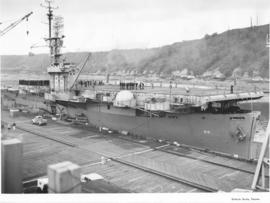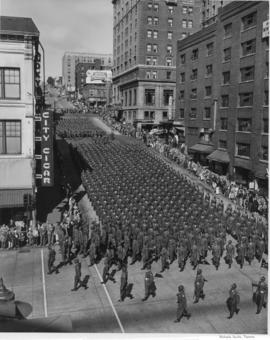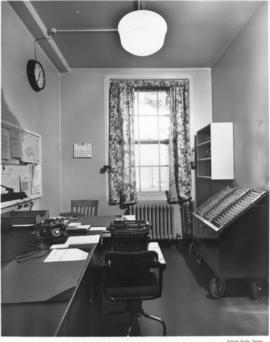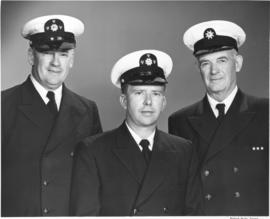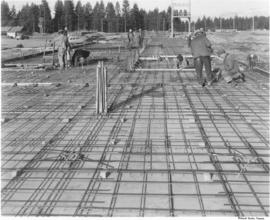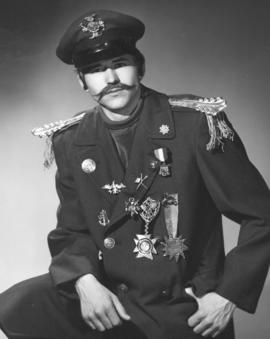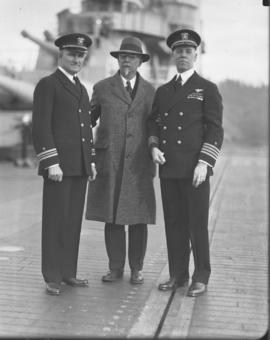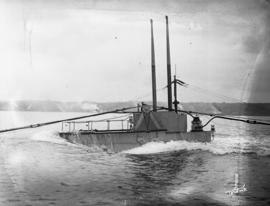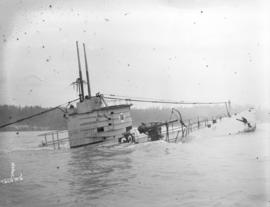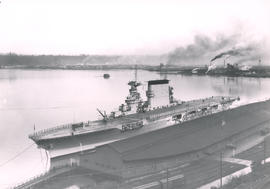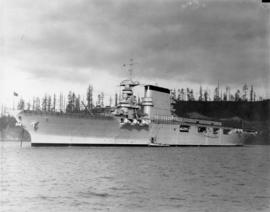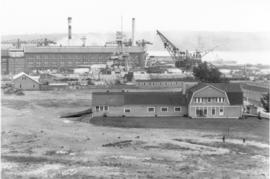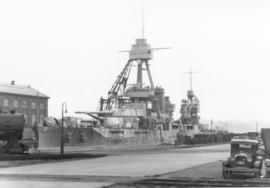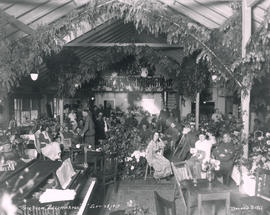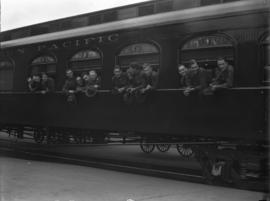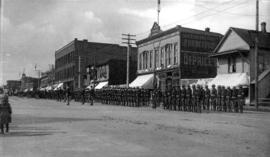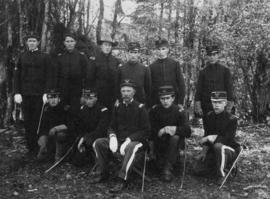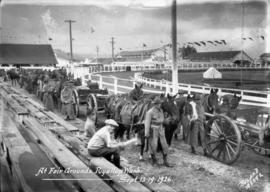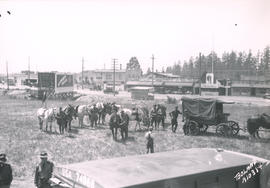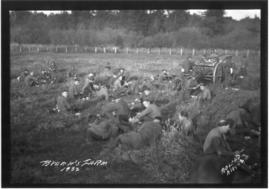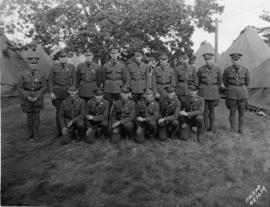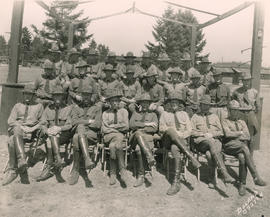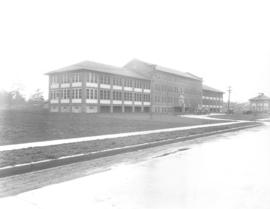- Item
- 1950-07-29
Part of Richards Studio Photographs
On July 29, 1950, the Tacoma Naval Station was the scene of the recommissioning of the escort carrier U.S.S. Sitkoh Bay (CVE-86), twenty days after the orders came through to "take her out of mothballs". Captain H.B. Butterfield, representing the Commander Pacific Reserve Fleet, read the directive placing the ship in commission. Captain C.W. Lord accepted command of the ship from Captain Butterfield. The Sitkoh Bay, named for a small bay in southeastern Alaska, was originally commissioned in Astoria, Oregon, on March 28, 1944. The escort carrier participated in many engagements during World War II, including Palau, the Philippines, Okinawa, and Japan. The Sitkoh Bay transported a total of 2032 aircraft, 10,716 passengers and traveled 182,618 miles before being decommissioned at the end of the war. (TNT 7-30-50, p.1)
U.S.S. Sitkoh Bay; Aircraft carriers;
